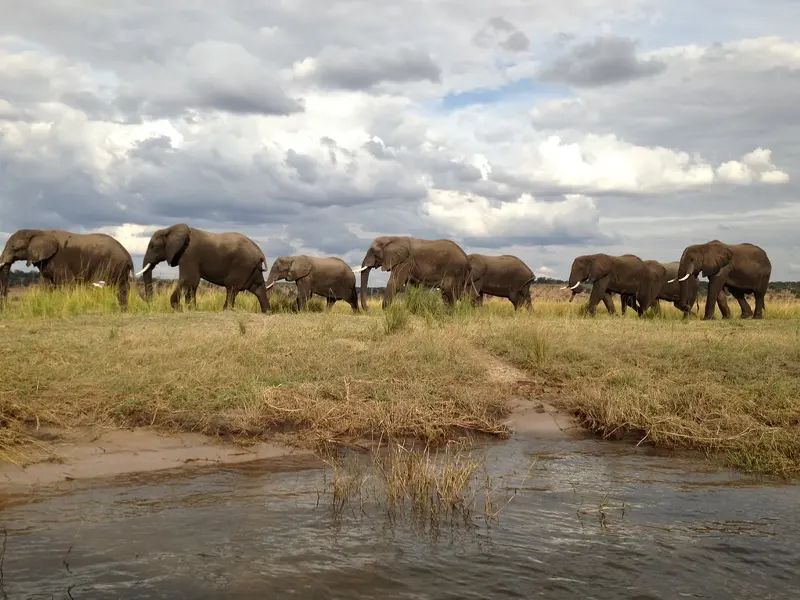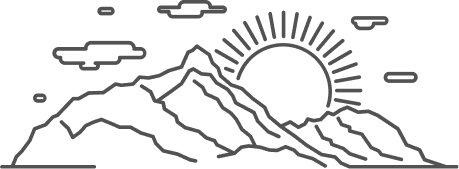Zimbabwe

Language → English, Chewa, Chibarwe, Kalanga, Khoisan, Nambya, Ndau, Ndebele, Shangani,Shona, Sotho, Tonga, Tswana, Venda, Xhosa
Population (around) → 15,231,794
Currency → United States dollar (USD) Z$
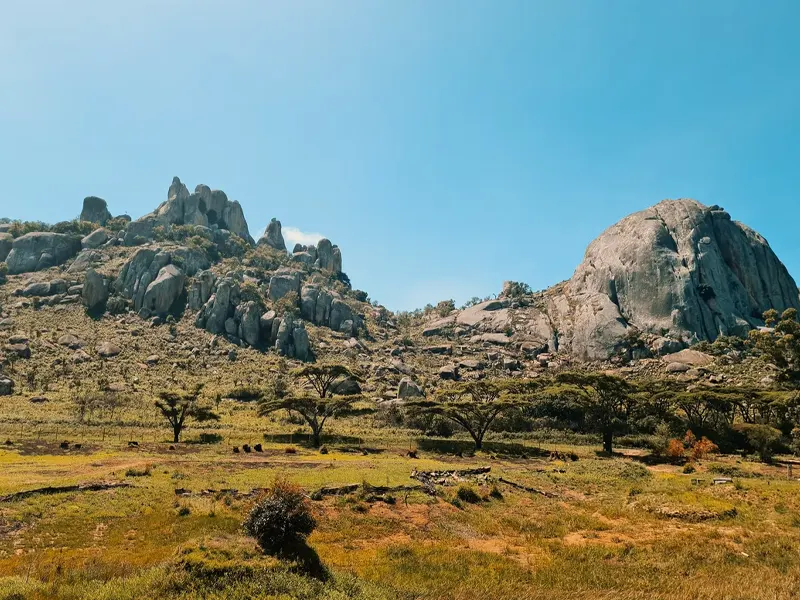
General weather Overview
→ In Zimbabwe, as in all equatorial countries, there is a tropical
climate. There is almost no difference between the seasons. The daylight hours vary little, and the
temperature differences between summer and winter are also lesser. Zimbabwe, formerly Rhodesia,
is a country located in southern Africa, just north of the Tropic of Capricorn, and almost entirely
occupied by a plateau, at an altitude between 1,000 and 1,500 meters (3,300 and 4,900 feet), which
tempers the climate.
The country had three main climates, a rainy season, hot and humid, and a cool season, dry and
sunny season.
Cities
Harare / Capital – Victoria Falls – Bulawayo – Matobo National Park – Nyanga National
Park – Hwange National Park – Mutare – Masvingo – Lake Mutirikwi National Park – Chinhoyi –
Mana Pools National Park – Matusadona National Park – Gonarezhou National Park – Kadoma –
Kariba
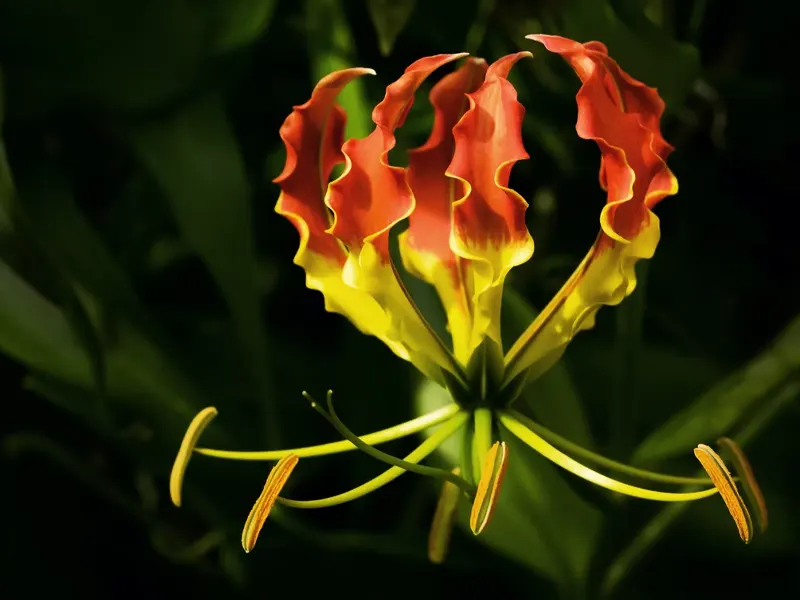
Fun facts
- Zimbabwe has five UNESCO World Heritage Sites; these are Khami Ruins, Great Zimbabwe Ruins, Victoria Falls, Mana Pools, and Matobo Hills
- Zimbabwe has the highest concentration of rock art in southern Africa, and there are thousands of sites across the country. The rock paintings were drawn by the inhabitants of the land and show their way of life in those ancient times. The oldest of these cave paintings is 7,000 years old
- The flag is full of symbolism. For example, the green stripe represents vegetation and agriculture. The golden color represents the mineral wealth of the country. The red stripe represents the bloodshed during the liberation war. Black represents the black majority. The white triangle represents peace. The red star represents the nation's aspirations and the golden bird is the "Great Bird of Zimbabwe" which is the national symbol of Zimbabwe
Some popular local foods
Sadza/Itshwala, Bota/Iyambazi, Umxhanxa, Mutakura/Mangai,
Madhumbe/Magogoya, Hwiza, Harurwa, Ishwa/Imbhombo, Inhlwa, Hodzeko/Maasi,
Hohwa/Amakhowa, Matumbu/Ezanga Phakathi, Madora/Mancimbi, Mazondo/Amanqina,
Nhopi/Inhopi, Mufushwa Wenyevhe/Ulude, Matemba/Kapenta, Mhandire/Umumbu
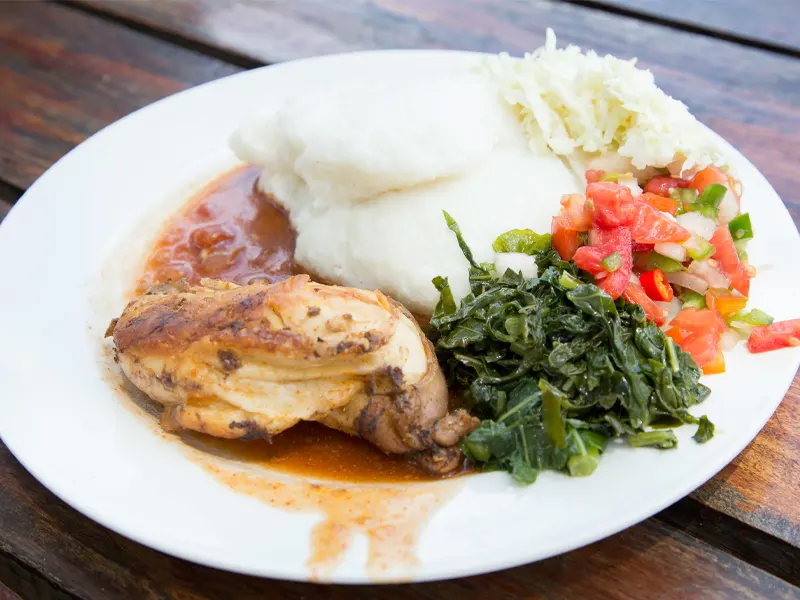
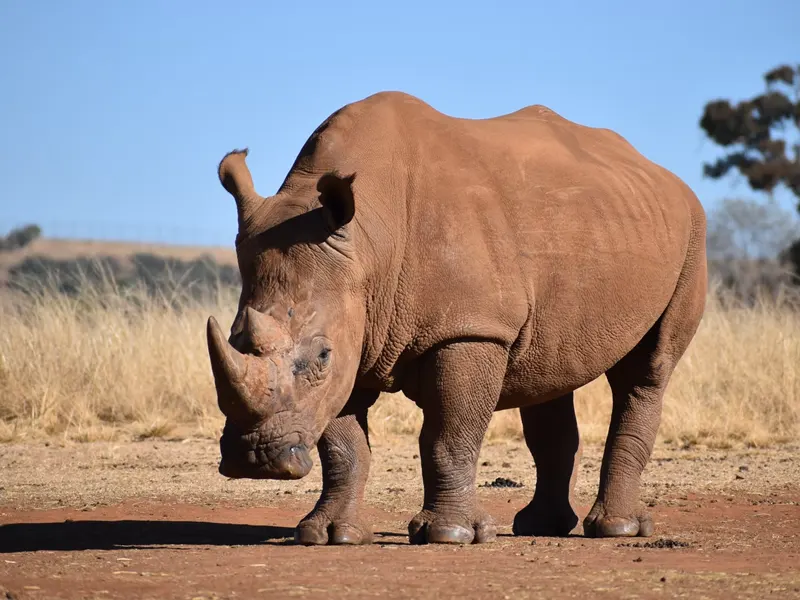
Some native animals:
Rhinoceros, Zebra, Wildebeest, Giraffe, Kudu, Eland, Sable antelope,
Klipspringer, Leopard, Hyena, Cheetah, Hippopotamus, Warthog, Waterbuck, African wildcat,
Springhare, Common duiker, Crocodiles, Baboons, and other monkeys
Couple of reasons to visit
- Venture into the vast landscape for a sundowner at sunset! Rangers or guides will have a table with chairs set up for you in the middle of nature with some snacks and drinks where you can enjoy the sun going down with the view of deer, birds or other animals around with safety distance
- You can tour the falls from the Zimbabwean side in just two hours with several scenic viewpoints. The falls are also the hub of a number of different adventure activities such as white water rafting, scenic helicopter rides, bungee jumping, and zip-lining
- Experience floating hotels cruise with the lake's calm waters, offering a relaxing way to spot wildlife along the lakeshore, either from the comfort of the houseboat deck or from smaller boats. Tigerfish fishing in Lake Kariba is also one of the most popular activities in Zimbabwe Matobo Hills is one of the best places in Africa to see rock art. The scenically stunning national park has 3,000 sites dating back over 13,000 years, punctuated by a magical landscape of towering granite cliffs. The park is known for its leopard and white rhino sightings, as well as a large number of eagle species
